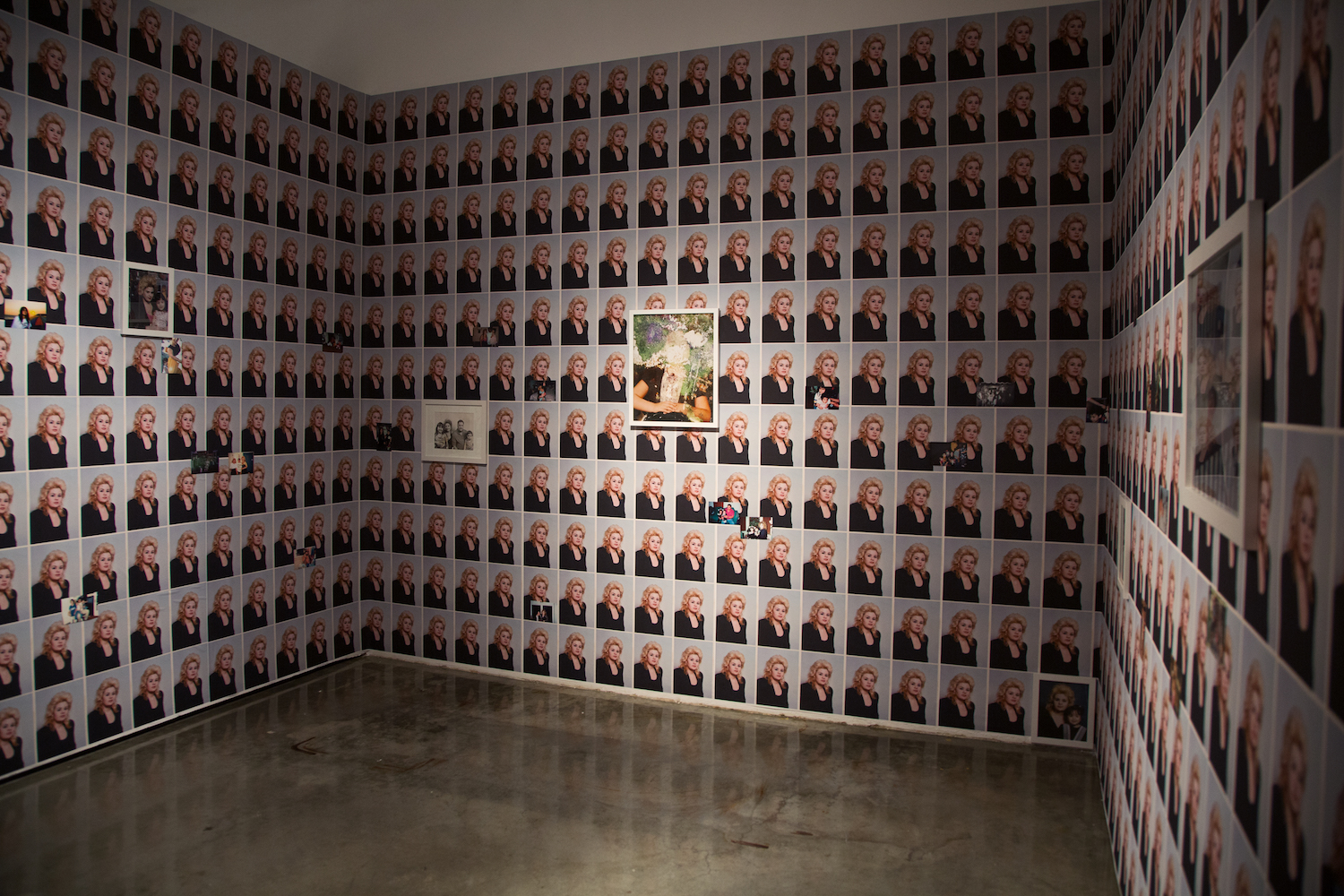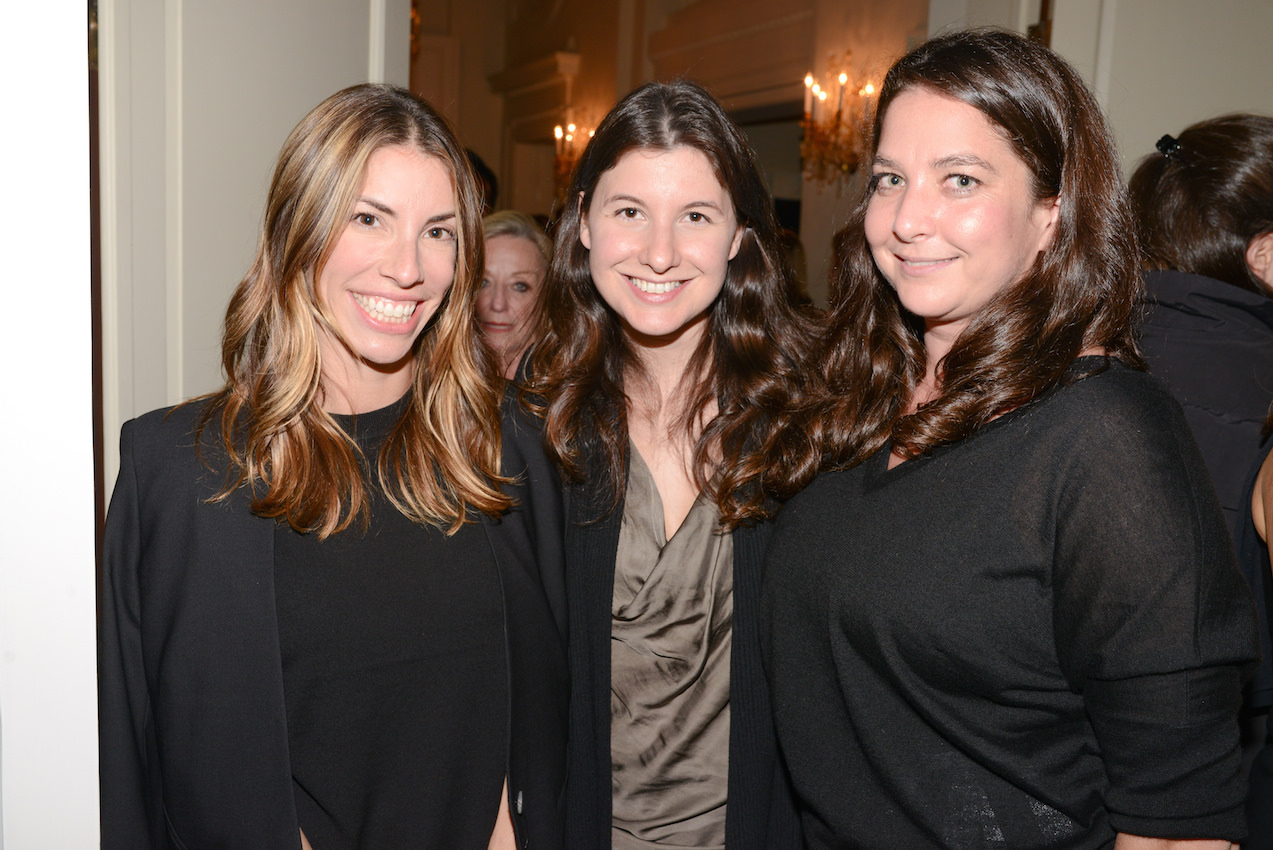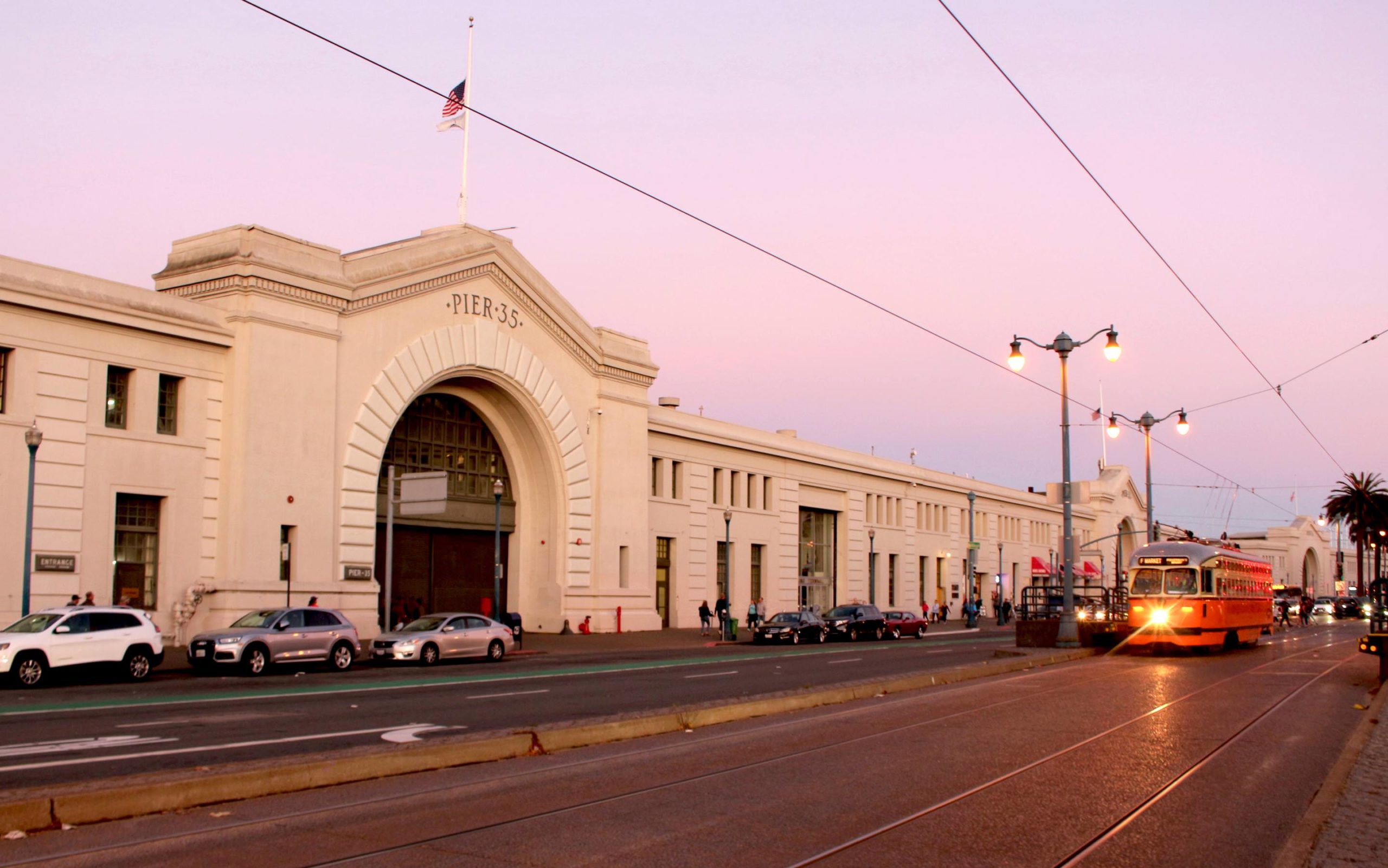It was 1999 in San Francisco when Artadia was founded by Christopher E. Vroom. Vroom—an art patron, and founder of such companies like Art+Culture Projects, Artspace, and CollectorIQ—joined a small group of other arts supporters, and focused the organization assisting visual artists with professional and financial support. In 2002, the non-profit company relocated to New York, increasing its geographical scope and expanding its programs to include eight cities: New York, San Francisco, Los Angeles, Boston, Houston, Chicago, and Atlanta.
Today, Artadia annually awards unrestricted grants to artists, presents an “Art & Dialogue” series of studio visits with its awardees, and continues the Artadia Fellowship to support immigrant and refugee artists with connections to awardees in the Houston art community.
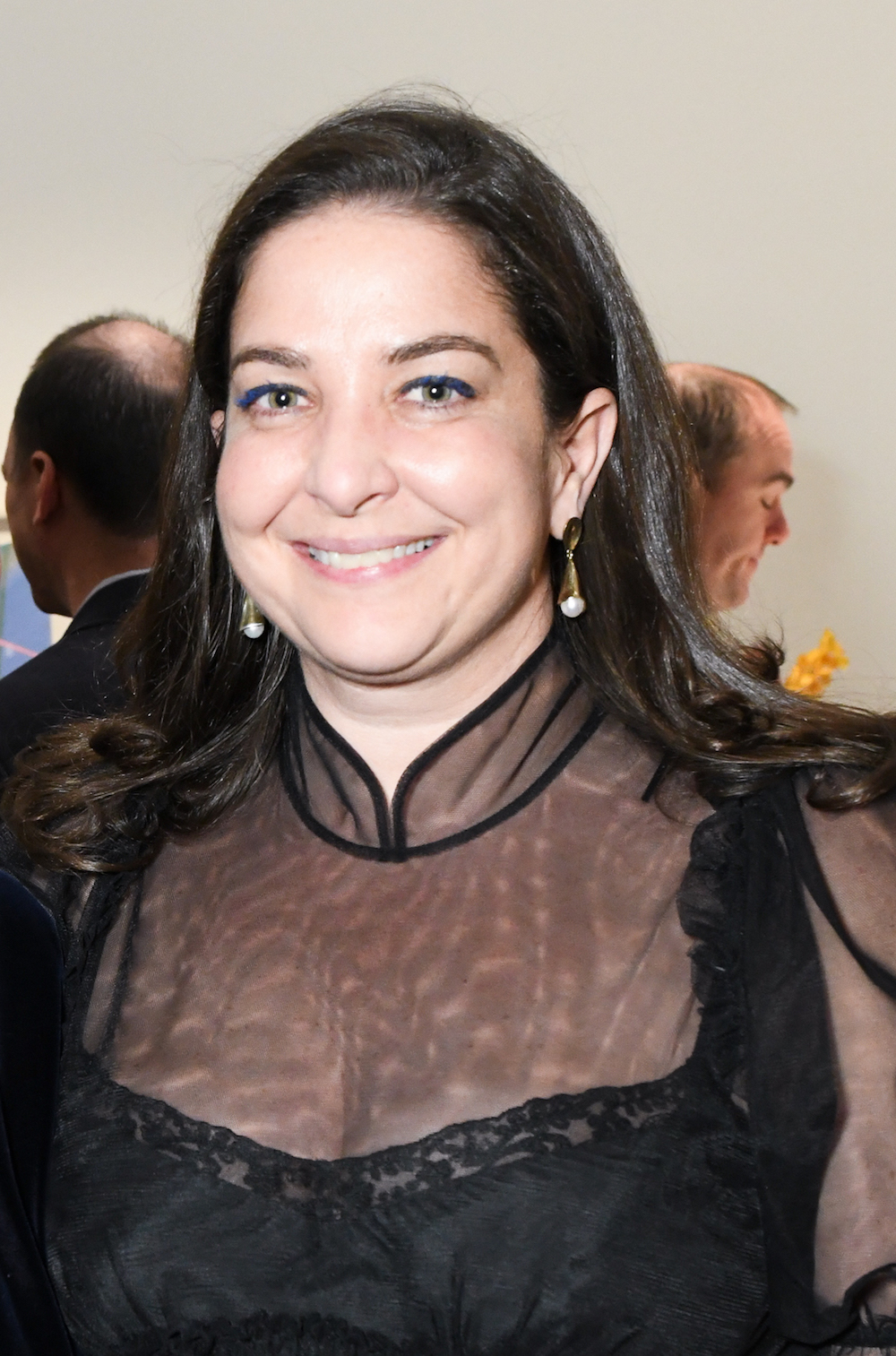
Carolyn Ramo at the 2019 Benefit Auction hosted by Philips New York; courtesy of Artadia.
Recently, the organization responded to the COVID-19 crisis by furthering its support for the art community with the Artist Relief Fund, alongside six other organizations that are regular grant-makers—Academy of American Poets, Artadia, Creative Capital, Foundation for Contemporary Arts, MAP Fund, National YoungArts Foundation, and United States Artists. From the start, the initiative raised $10M, with a generous kick-starting donation of $5M from Andrew W. Mellon Foundation.
Whitewall spoke with Artadia’s Executive Director, Carolyn Ramo, to hear how about this coalition, and how she’s personally supporting the arts today.
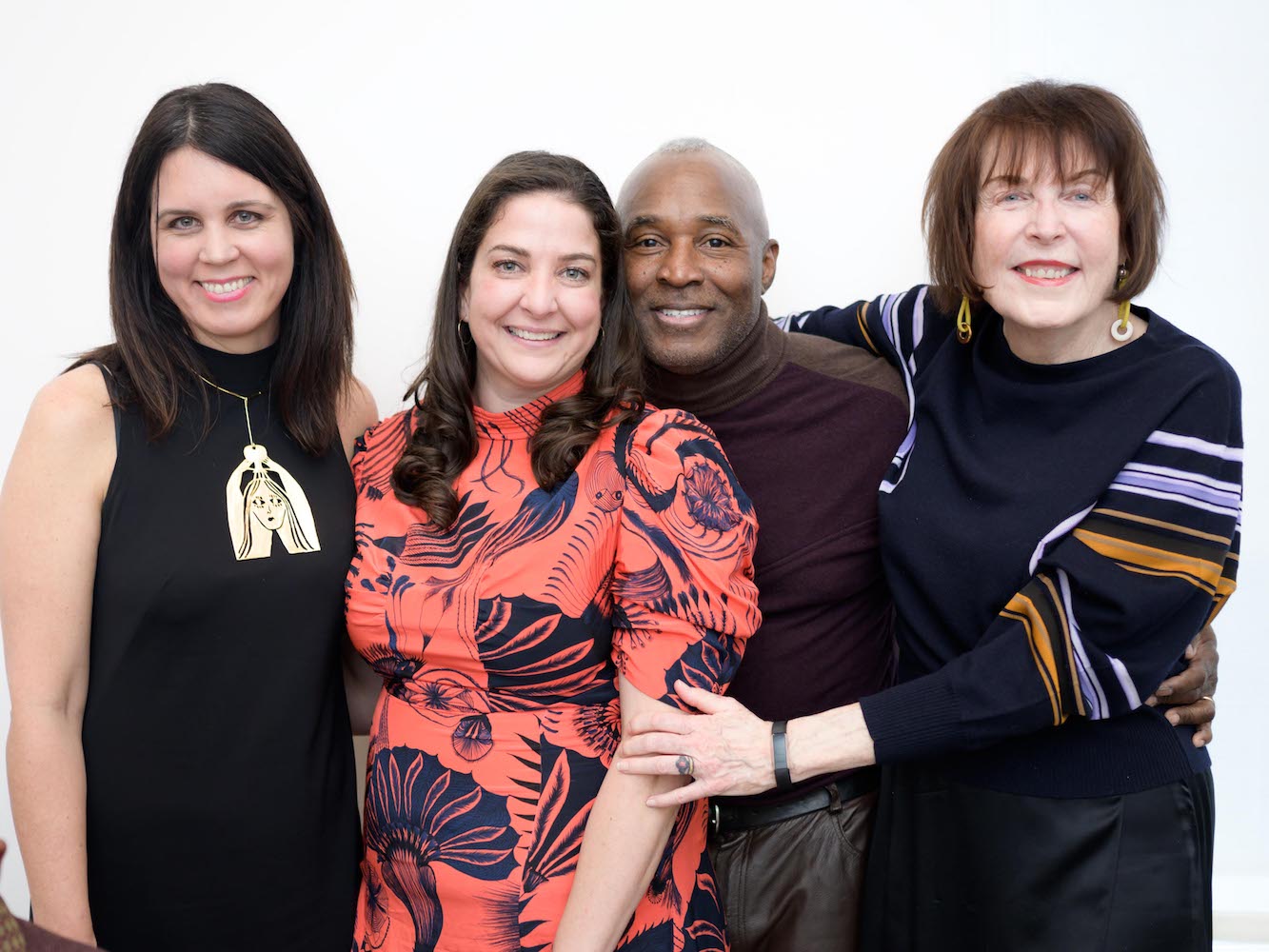
Carolyn Ramo, Executive Director; Summer Wheat (NADA New York 2016); Nick Cave (Chicago 2006), Board Member; Marilyn Minter, Board Member at Artadia’s 2019 New York Artist luncheon; courtesy of Artadia.
WHITEWALL: How are you doing amid COVID-19?
CAROLYN RAMO: Feeling very grateful. And overwhelmed by the incredible dire needs of others.
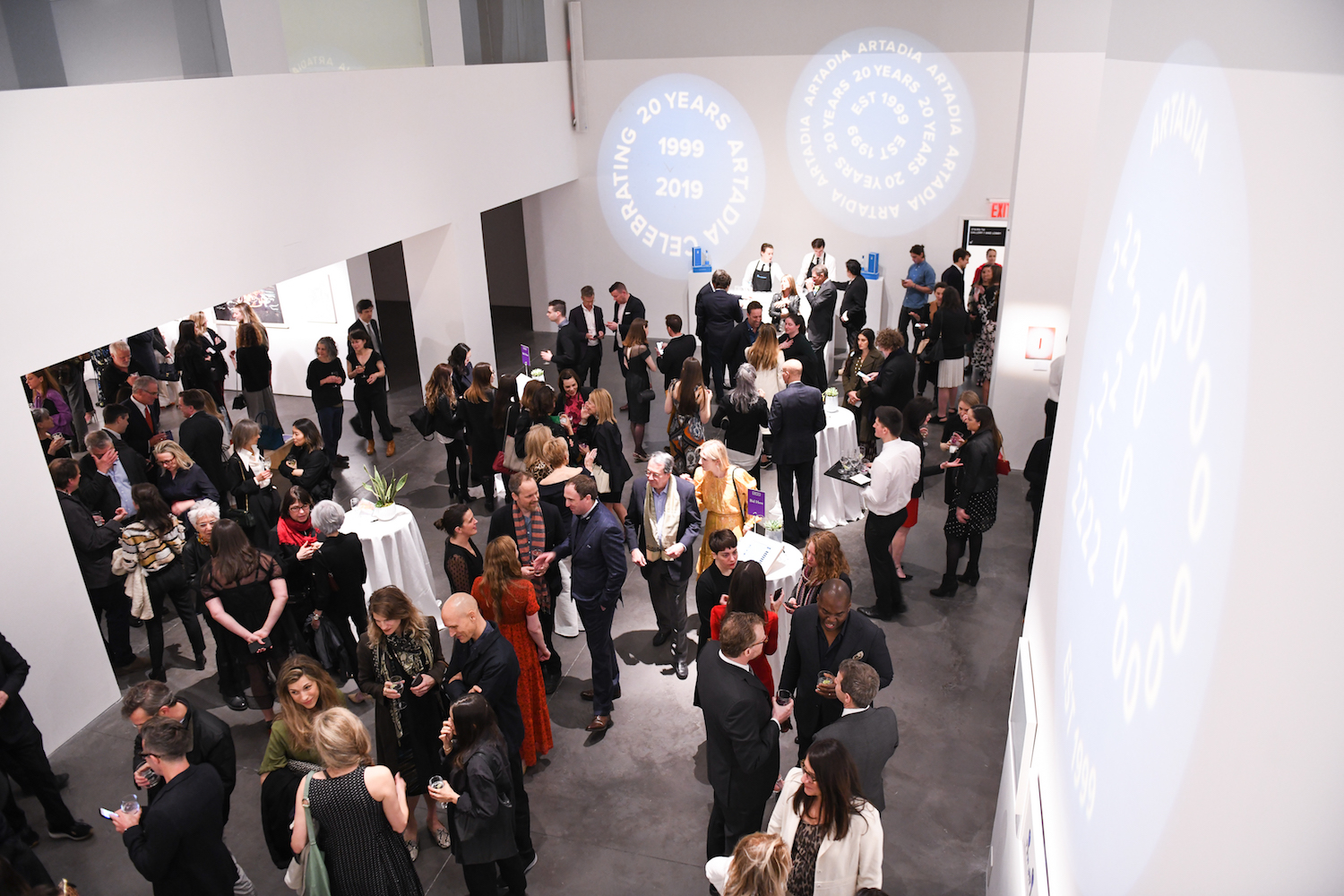
2019 Benefit Auction hosted by Philips New York; courtesy of Artadia.
WW: How are you staying inspired?
CR: By artists, of course. They are remarkably positive and using this time to be creative and thinking with innovation about the future. And by my colleagues in the coalition, who, without ego, have devoted themselves entirely to Artist Relief while simultaneously running their organizations.
WW: Can you tell us a bit more about Artadia and its missions?
CR: Artadia is about elevating the role of individual artists in our art communities and the dynamic cities where they live and work. We are proud to be giving unrestricted grants to artists throughout the year, and to consider ways to extend that support—specifically through connections to many layers of networks.
We work in partnership with many curators, collectors, organizations, institutions, individuals, foundations, and corporations who not only help to fund our programs but look to the Artadia Award community to learn more about the important voices of our time.
We just closed out our New York application—opened to artists living and working in all boroughs—so we’re looking forward to selecting artists in the upcoming weeks into May through a round of virtual interviews and studio visits. We’re keeping proactive no matter what circumstances we’re in, but especially now when there is a dire need to help working artists.
WW: Can you tell us a bit more about the Artist Relief Fund?
CR: Artist Relief has been created by seven national grant making organizations who felt it was important to work together to provide immediate relief to our country’s deserving artists during this time of crisis. We will provide 100 $5,000 grants a week to artists working in many disciplines, for their most pressing needs—particularly for food, housing, and medical expenses.
In addition to funds, we have a list of resources for artists, and we are creating data to share with the entire field. What is clear already is that there is a tremendous need, so we hope to continue to raise more and more relief funding. We invite everyone to contribute if they can via our site.
WW: On a “normal” day, how does an artist get awarded funds? How about now during COVID-19?
CR: There are many grant opportunities for artists that are discipline specific that are sometimes by nomination, sometimes by open call, sometimes region-specific, and most of the time, awarded based on a specific project or the merit of an artist’s work. There are some organizations that offer emergency grants at any time and not just during disasters. During COVID-19, there are more emergency relief efforts which are based on need and also most are region specific. Most are open to all artists to apply.
WW: Tell us a bit about your ongoing partnerships with museums and galleries and how these relationships help your artists.
CR: We use curators as our jurors for all Artadia Award cycles and also engage both curators and regional institutions to act as partners in our “Art & Dialogue” series. In both programs, these artist/curator introductions are valuable for both parties. Our aim is to have curators learn more about artists they wouldn’t have access to previously and to provide them with eventual exhibition opportunities and a critical discourse.
For artists, having a new curator relationship, even just someone new in their studio, is game-changing. We hope artists can learn to make a living from their artwork and practice, so of course, introductions to galleries is also key. We participate in art fairs and have wide international networks that allow for doors to be opened for artists.
WW: Can you give us a recent specific example?
CR: Atlanta artist Jiha Moon just had a show at Derek Eller entirely through an introduction and recommendation via Artadia. And the Whitney Biennial curators use the Artadia Awardee list as a resource.
WW: Tell us a bit about you personally collecting the work of many of your awardees.
CR: I believe that while it’s fun and enriching to live with art, collecting is also a philanthropic act. You are helping a gallery, an artist, an ecosystem. I’m really lucky to have works by a bevy of Artadia Awardees, in addition from some of the artists I worked with in various gallery jobs and hope to continue to grow my collection.
I have also bought a few works from the Artadia auctions. Recently, I got a Patricia Treib painting and an Eamon Ore-Giron painting. Both are awardees who have been really actively engaged and making really beautiful work.
WW: Can you tell us a bit about some artists that you’re recently supporting or just really into their work?
CR: So hard to pick just a few! I recently saw Summer Wheat’s show at the Kemper Museum of Contemporary Art (my first time to Kansas City!) and was blown away. She is telling such an interesting story through her very joyous and colorful “paintings.”
Puerto Rican artist Daniel Lind-Ramos, a recent NADA Artadia Awardee, had a fantastic show at Marlborough gallery that is on “hold.” I am lucky to have a painting by Devin N. Morris who has a tremendous amount of talent—really a unique voice.





